Buying a refrigerator is much like buying a car
It is a big-ticket item expected to see you and your family through several years of wear and tear, and it’s one of the most central items you’ll rely on to go about your daily business. Like buying a car, purchasing a fridge depends primarily on your specific needs, budget, and lifestyle.
Most of the things to know before buying a refrigerator have to do with size: the size of your kitchen, the size of your family, and the size of your budget.
Photo of LG Electronic’s New 4-Door French Door Refrigerator – Read my review here.
Size of Your Kitchen
Unless you’re remodeling your kitchen around a specific refrigerator you have your heart set on; chances are you need to work around your existing layout. This can be especially challenging for older homes since the average refrigerator size twenty years ago was almost half what you can expect to find today.
There are also more choices in refrigerator style than ever before. Traditionally, fridges have offered one style: the bottom’s main cooling area and the top freezer. However, new technologies and personal tastes mean you can find anything from a French-door fridge with the freezer on the bottom to a four-door fridge with two freezers.
If you have limited space, you might want to consider a compact refrigerator, a bottom freezer refrigerator, or a top freezer refrigerator. These options typically have widths ranging from 30 inches to 40 inches, and the depth varies depending on the model and make.
In most cases, these smaller fridges will be less expensive than their oversized relatives and offer more energy-efficient models since the cubic area inside the fridge is smaller and therefore requires less work to keep cool.
If you have more room to play with, you can try some of the more popular options in French-door refrigerators and side-by-side refrigerators. Another new model is the four-door option, which provides two freezer doors and the French-door style on top.
Because all of these models maximize fridge space by allowing for two-door entry, they also tend to take up more width and depth, oftentimes reaching up to 48 inches wide. Many of these styles also offer counter-depth refrigerators, so you can streamline your kitchen by flushing your appliance with the counter.
The size of your family is also a good indication of what type and size of refrigerator you need. The reasons are pretty self-explanatory: the more people you have at home, the more food it takes to keep them going!
Most appliance stores selling refrigerators will discuss storage space in terms of cubic feet, which lets you know exactly how much interior room you have to work with. Today’s manufactured refrigerators typically offer between 18 and 26 cubic feet of space (in both the freezer and the refrigerator), and estimates suggest that a family of four requires around 19 to 22 cubic feet.
While these numbers can help you as you shop for your new fridge, the reality is that space is relative. Depending on the layout of the refrigerator and how you plan to use it, several considerations come into play:
How much width do you need? The side-by-side style doesn’t always allow for large pizzas or party platters to fit easily on the shelves. If you do a lot of entertaining, you may need to search for a traditional fridge or a French door style.
How do you store things? If you keep your freezer well-organized, you can use the bottom-drawer freezer style. However, if you don’t store things carefully, this can make for less space overall, and it can be a hassle to “dig out”items at the bottom.
What types of things do you store? Most two-door refrigerators offer door shelves large enough for several gallons of milk, two-liter bottles, and other “tall” items. This can be an invaluable way to free up space in the rest of the fridge for your other items. Adjustable shelving can also translate to more room since you can add or remove shelves as needed.
Size of Your Budget
The most important consideration when selecting a refrigerator is the price. Fridges range in price from a few hundred dollars to several thousand dollars and come with a variety of options. It’s best to determine in advance which features are essential for you and which ones might just be perks—especially if you’re looking to remain under a certain dollar amount.
Of the options to consider, there are:
Ice Makers may or may not dispense the ice and water through an exterior water dispenser (note: this will require you to hook up your fridge to a water source).
Changeable Doors allow you to choose whether your fridge opens from the left or the right. This can make a difference in kitchen layout and ease of use.
Specialty drawers allow you to control the humidity of the compartments. For deli meats, cheese, vegetables, and fruits, this can extend the life and quality of your food.
Energy-efficient models are most often designated by the Energy Star or Energy Saver label. These models not only save you money on electric bills, but many electric companies offer rebates on the purchase of these models and/or will come to take away your old refrigerator for free.
High-moisture switches allow you to prevent condensation in your fridge if you live in an area that is humid during certain months of the year. (Turning off the switch can save money during drier months.)
Defrost Functions or Automatic Defrost Features mean you won’t have to manually defrost your freezer the recommended two times annually.
Warranties, which may or may not be optional. Most new refrigerators come with a standard manufacturer’s one-year warranty for protection against factory defects. However, if you’re paying more than $1,000 for a fridge, consider additional coverage for up to five or ten years. In most cases, even having a repair professional come to your home to examine the problem can cost several hundred dollars.
Regarding cost, the most important thing is matching your needs to your budget. You don’t have to spend $2,000 to get a top-quality fridge, but the appliance may last you 10 or even 20 years, which makes it well worth the investment.
Energy Efficiency
You’ll also want to consider the energy costs over the lifetime of your refrigerator. Fridges older than 1986 or newer models without the Energy Star label can cost over three times as much to run annually.
In most cases, switching to an Energy Star fridge can save between $80 and $100 every year. While this may not seem like much at first, it can actually pay for the entire cost of the fridge over time—which just might make LG Electronic’s refrigeration system worth every penny.

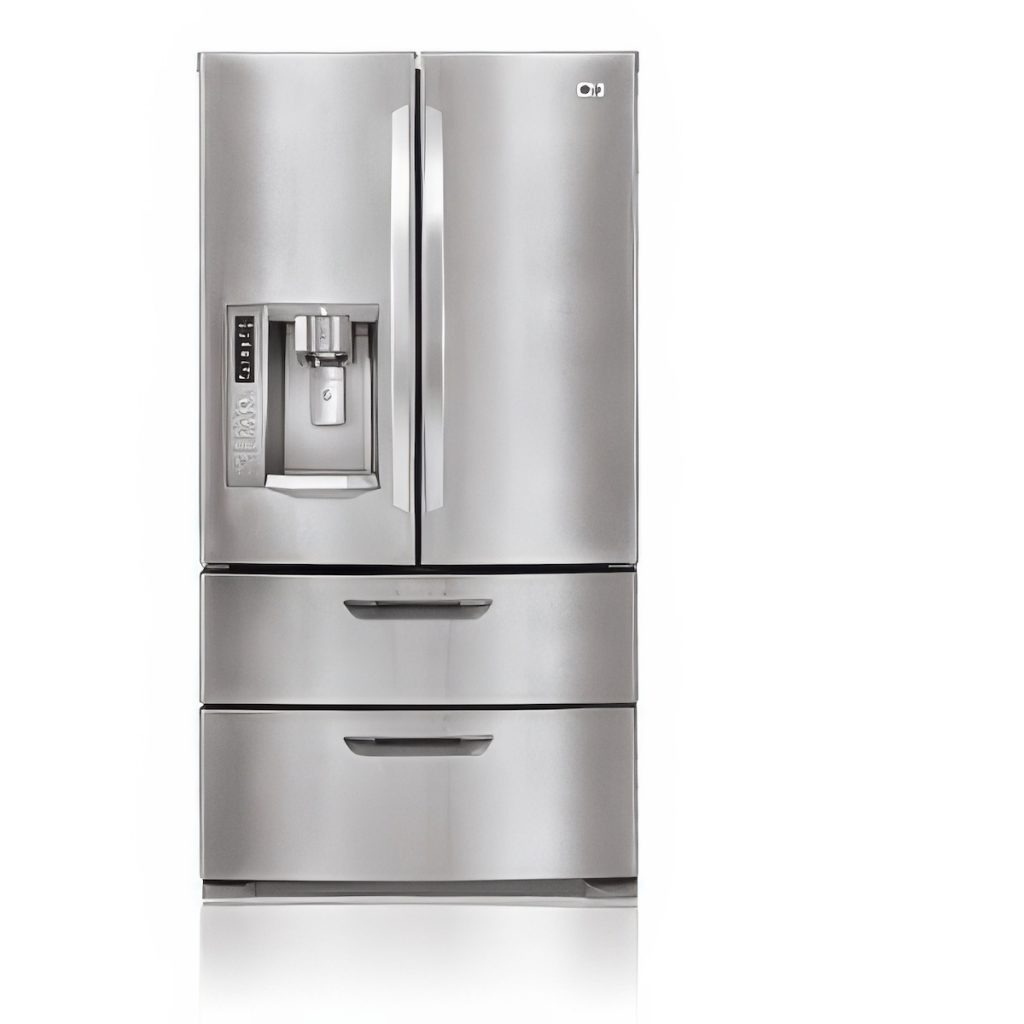

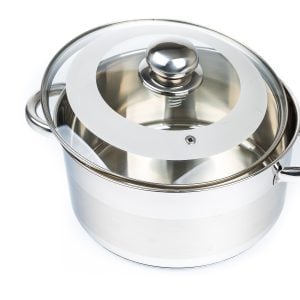

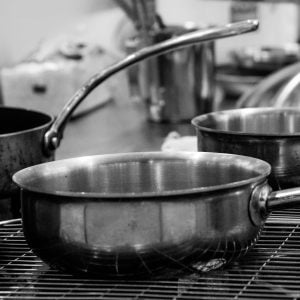
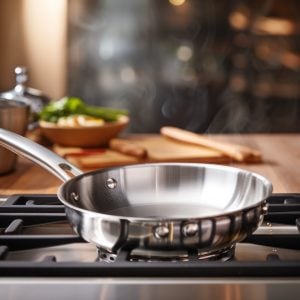
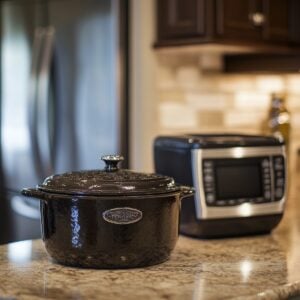
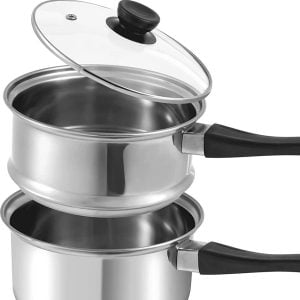
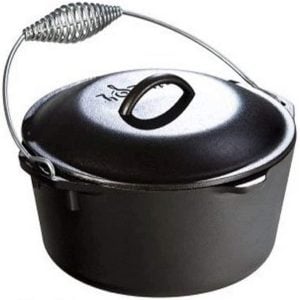


4 Responses
I appreciate your advice to figure in the size of your kitchen when choosing your used refrigerator. My husband and I just found out our fridge broke while on vacation so we are wondering how to find a great new one. Since we have an older home, we will definitely look into getting a used compact refrigerator that will better fit into our kitchen space.
Thanks for pointing out that we should consider a French door refrigerator if we have more room in our kitchen, since the two-door entry allows you to maximize your fridge space. My husband and I have a fairly large kitchen and are in need of a new refrigerator. I like the look of the French door fridges, so thanks for letting me know that they offer functional benefits as well!
Thanks for the tip that I can look for a compact refrigerator that I’ll buy. I think I’ll hire a service to pick up my refrigerator for me once I bought one. Maybe I should look for a really big but thin one since I need one for my new house.
My mother plans on buying a huge and modern kitchen refrigerator. We’ll keep in mind to consider the size of our family since you’ve made a good point that the more family members we have at home the more food it takes to keep going. We better start canvassing for a kitchen refrigerator so we’ll have more time to choose.